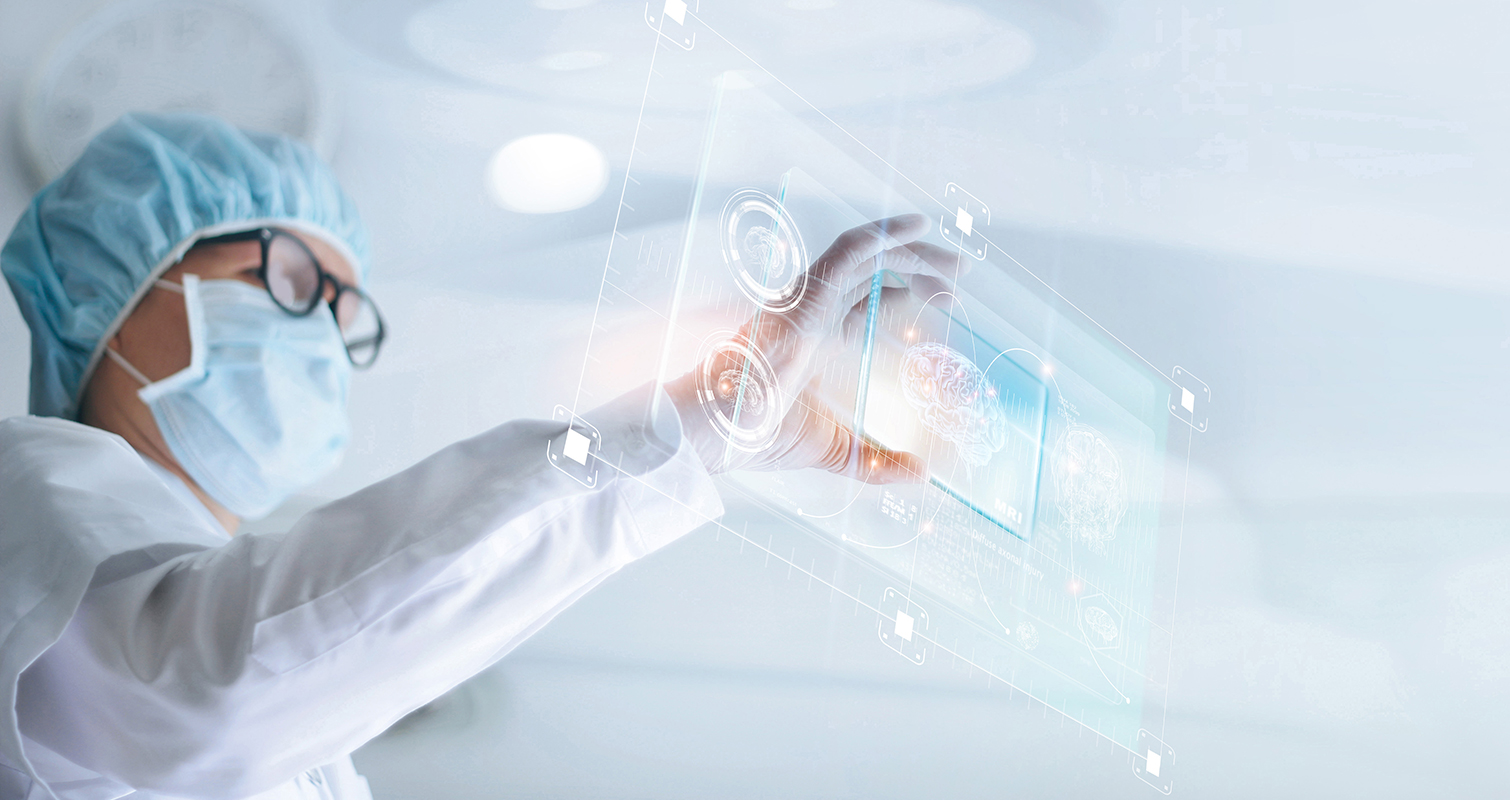BioTech Breakthroughs: Unveiling the Wonders of Bioreactors and Photo Bioreactors
Introduction
Welcome to the realm of Biotech Breakthroughs! In this instructional blog post, we delve into the fascinating world of bioreactors and photo bioreactors, uncovering their wonders and applications. Whether you’re a seasoned professional or a curious enthusiast, this guide will equip you with the knowledge to understand and utilize these cutting-edge technologies effectively.
Overview
Before we dive into the nitty-gritty details, let’s briefly explore what bioreactors and photo bioreactors entail. Bioreactors are advanced devices used to cultivate biological organisms or biochemical transformations under controlled conditions. On the other hand, photo bioreactors specifically harness light energy, often sunlight, to facilitate biological processes such as photosynthesis. Both these technologies play pivotal roles in various industries, including pharmaceuticals, agriculture, and environmental conservation.
Understanding Bioreactors
- Define Bioreactors and their Functionality
- Explore Different Types of Bioreactors
- Highlight Applications in Biotechnology
Unveiling Photo Bioreactors
- Define Photo Bioreactors and their Distinct Features
- Discuss the Importance of Light in Photo Bioreactors
- Showcase Applications in Renewable Energy and Food Production
Design and Setup
- Selecting Suitable Materials and Components
- Optimizing Operating Conditions for Efficiency
- Ensuring Proper Maintenance and Sanitization Protocols
Cultivation Techniques
- Inoculation and Starter Culture Preparation
- Monitoring and Controlling Environmental Parameters
- Harvesting and Processing Biomass or Products
Scaling Up Production
- Assessing Production Scalability and Capacity
- Implementing Strategies for Upgrading Systems
- Addressing Challenges in Large-Scale Operations
Tips and Secrets
- Maintain strict aseptic conditions to prevent contamination.
- Optimize light intensity and wavelength for maximum productivity in photo bioreactors.
Glossary of Terms
Aeration: The process of introducing air into a medium, often used to provide oxygen to organisms in bioreactors.
Batch Culture: A cultivation method where all nutrients are added at the beginning, and the culture is harvested at the end of the process.
Continuous Culture: A cultivation method where fresh medium is continuously added, and culture is continuously harvested to maintain a steady state.
Dissolved Oxygen (DO): The concentration of oxygen dissolved in a liquid, crucial for aerobic organisms in bioreactors.
Exponential Growth: Rapid and unrestricted growth, often observed in microbial cultures under optimal conditions.
Fermentation: The metabolic process where microorganisms convert sugars into acids, gases, or alcohol, often used in bioprocessing.
Growth Medium: The nutrient-rich solution or agar used to cultivate organisms in bioreactors.
Homogenization: The process of achieving uniformity or consistency, crucial for maintaining consistent conditions in bioreactor cultures.
Inoculum: The initial culture or microorganisms added to initiate a bioreactor culture.
Jacketed Bioreactor: A bioreactor with a jacket surrounding the vessel for temperature control, commonly used in industrial-scale operations.
Kinetics: The study of rates of chemical processes, crucial for understanding and optimizing bioreactor performance.
Laminar Flow: A smooth, orderly flow of fluid, essential for maintaining sterile conditions in bioreactors.
Metabolism: The chemical processes occurring within a living organism to maintain life, growth, and energy production.
Nutrient Broth: A liquid medium containing nutrients for microbial growth, commonly used in laboratory-scale bioreactors.
Optical Density (OD): A measure of microbial cell density in a culture, often used to monitor growth in bioreactors.
pH: A measure of acidity or alkalinity of a solution, critical for maintaining optimal conditions in bioreactors.
Quorum Sensing: The process by which bacteria regulate gene expression in response to cell population density, important for microbial communication in bioreactors.
Reactor Vessel: The container or chamber where biological reactions take place in a bioreactor.
Sterilization: The process of killing or removing all microorganisms and their spores from a surface or medium, essential for maintaining aseptic conditions in bioreactors.
Turbulence: Irregular or chaotic flow of fluid, undesirable in bioreactors as it can disrupt cultures and lead to inefficiencies.
Upstream Processing: The initial stages of bioprocessing, including cell culture and fermentation in bioreactors.
Viable Cell Count: The number of living cells present in a culture, crucial for assessing cell viability and productivity in bioreactors.
Waste Treatment: The process of treating and disposing of waste generated from bioreactor operations, essential for environmental sustainability.
Xenobiotics: Chemical substances that are foreign to an organism, often used as substrates or inhibitors in bioreactor studies.
Yield: The quantity or quality of desired product obtained from a bioreactor culture, an important parameter for assessing productivity.
Zone of Inhibition: The area around an antimicrobial agent where microbial growth is inhibited, often observed in susceptibility testing of bioreactor cultures.
Conclusion
Unlocking the potential of bioreactors and photo bioreactors opens doors to limitless possibilities in biotechnology and beyond. By following the steps outlined in this guide and leveraging the provided resources, you can harness these technologies to drive innovation and sustainable development.
Call to Action
Ready to embark on your biotech journey? Share your experiences, insights, and questions in the comments below. Keep exploring the world of bioreactors and photo bioreactors and stay tuned for more informative content!
FAQ Section
Q&A
Q.1: What are the primary differences between bioreactors and photo bioreactors?
A.1: Bioreactors support various biological processes, while photo bioreactors specifically utilize light energy for cultivation.
Q.2: How can I optimize the performance of my bioreactor system?
A.2: Regular maintenance, proper sterilization, and precise environmental control are key factors in optimizing bioreactor performance.
Q.3: What are some common challenges faced in scaling up bioreactor operations?
A.3: Challenges may include maintaining uniformity, managing increased complexities, and ensuring cost-effectiveness.
Q.4: Are there any safety considerations when working with bioreactors?
A.4: Yes, safety protocols should be established and followed to prevent accidents and ensure the well-being of personnel and the environment.
Q.5: How can I stay updated on the latest advancements in bioreactor technology?
A.5: Engage with industry publications, attend conferences, and network with professionals to stay informed about emerging trends and innovations.

